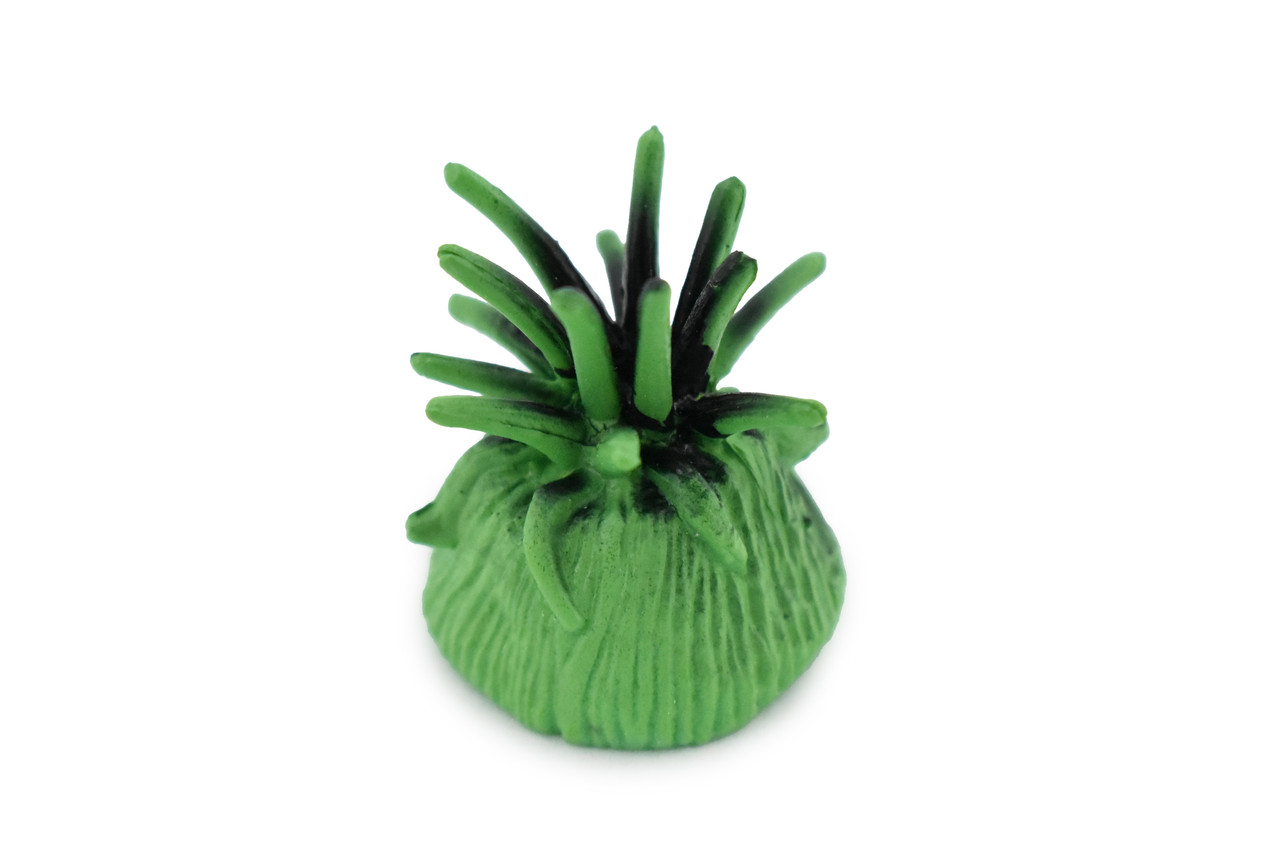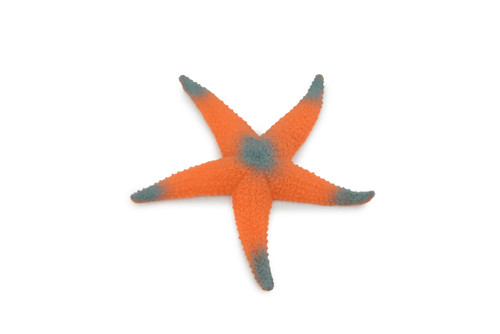Product Description
Our sea plant is made of hard rubber and measures 1 inches tall. This plastic plant is great for school projects, toys, novelties, animal collections, party favors and more. Our plastic sea plant is for decoration or play only. It does not float, and should NOT be put in your aquarium.
Anthopleura xanthogrammica, or the giant green anemone, is a species of intertidal sea anemone of the family Actiniidae. Other common names for this anemone include green surf anemone, giant green sea anemone, green anemone, giant tidepool anemone, anemone, and rough anemone. If it is exposed to proper amounts of sunlight, it can appear bright green when submerged under water. When not submerged, it appears dark green or brown. This is because the anemone tends to close up and "droop" and its now exposed column is actually dark green and slightly brown, but the hidden tentacles and oral disk are bright green. The tentacles, which are short and conical, are arranged in six or more rows surrounding the oral disk and can be pointed or blunt at the tips. It is found along the low to mid intertidal zones of the Pacific Ocean, from Alaska to southern California and sometimes downwards to Panama, where cold water swells can occur. A. xanthogrammica prefers to inhabit sandy or rocky shorelines, where water remains for most of the day. They can generally be found in tide pools up to 15 m deep. Occasionally can also be found in deep channels of more exposed rocky shores and concrete pilings in bays and harbors. Photosynthetic algae, zoochlorellae, and the dinoflagellates, zooxanthellae, live in the epidermis and tissue of the gut of A. xanthogrammica. In this symbiotic relationship, the zoochlorellae and zooxanthellae provide nutrients to the anemone via photosynthesis and contribute to the bright green color of the anemone's oral disk and tentacles. The bright green color is also due to pigmentation. These anemones tend to live a solitary life, but can be occasionally seen as groups with no less than 14 individuals per square meter. They can move slowly using their basal disks, but usually stay sessile. Like other anemones, can use stinging cells located in the tentacles as protection from predators and a mechanism to capture prey.
Thanks for visiting Collectible Wildlife Gifts, the leading provider of high-quality, lifelike animal Designs and gifts! We work hard to ensure we have a diverse range of products. Each product is inspected for their quality craftsmanship. Whether you're searching for a great gift or seeking educational designs for displays, we’ve got you covered.
At Collectible Wildlife Gifts, our products appeal to a wide range of customers, including family, friends, and educators. Our products are trusted and used by professional organizations as well including aquariums, zoos, and movie studios.
Our extensive line of products boasts everything from plush sharks to educational animal growth cycles. Our products bring joy to recipients, and serve as valuable educational resources, sparking curiosity and fostering learning.
Discover the wonders of the natural world with Collectible Wildlife Gifts. Browse our collection today!























